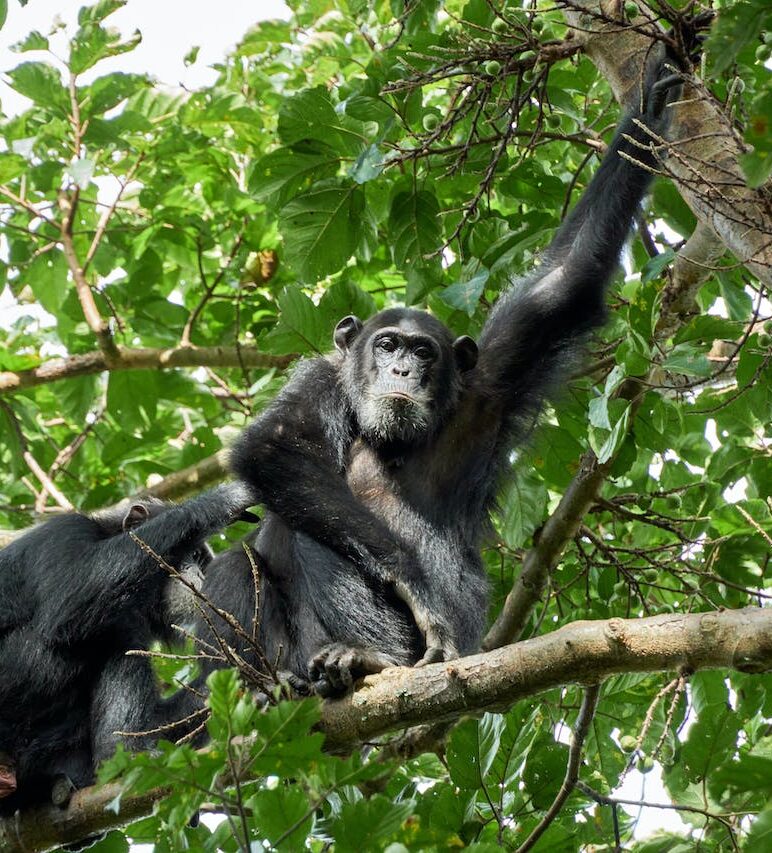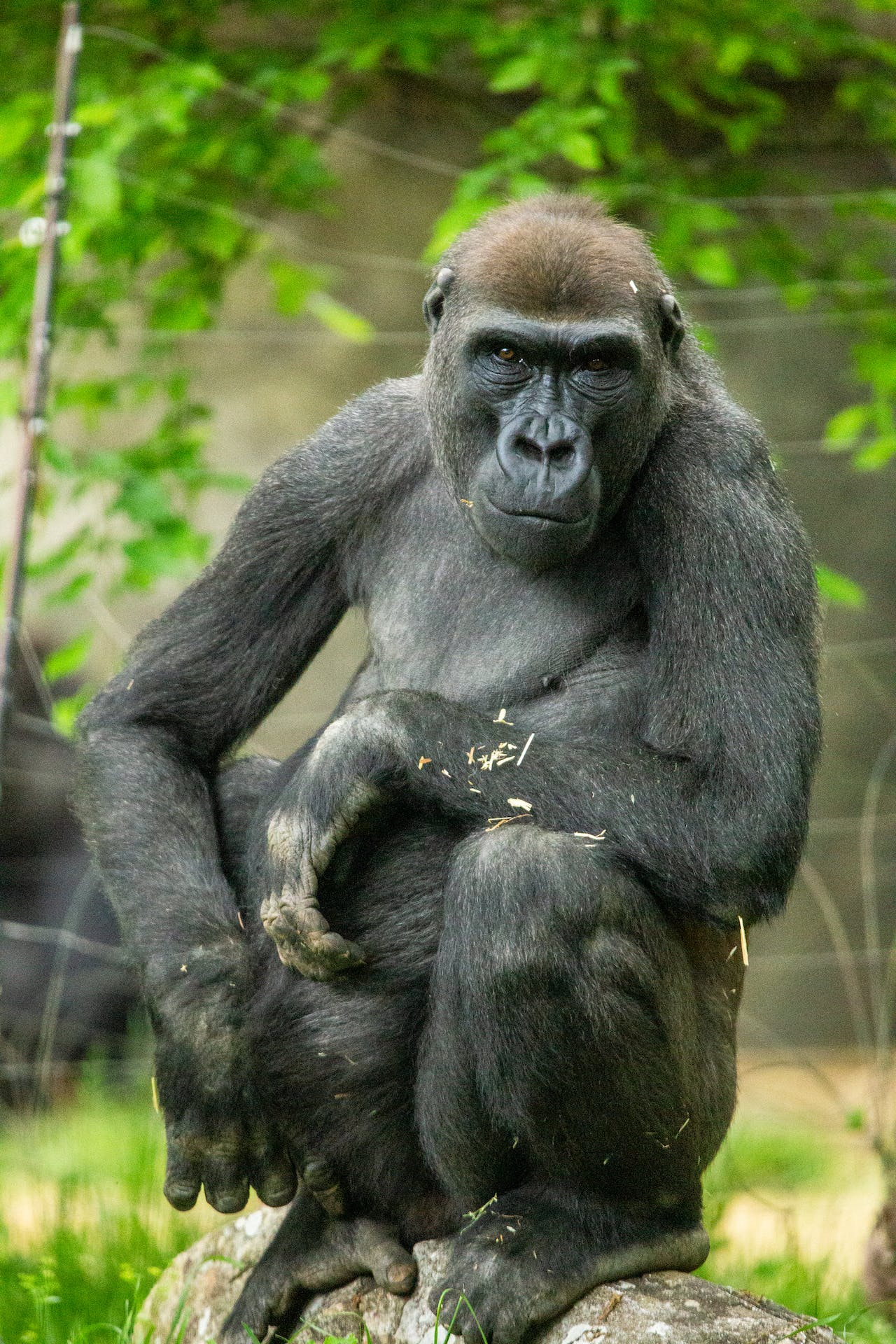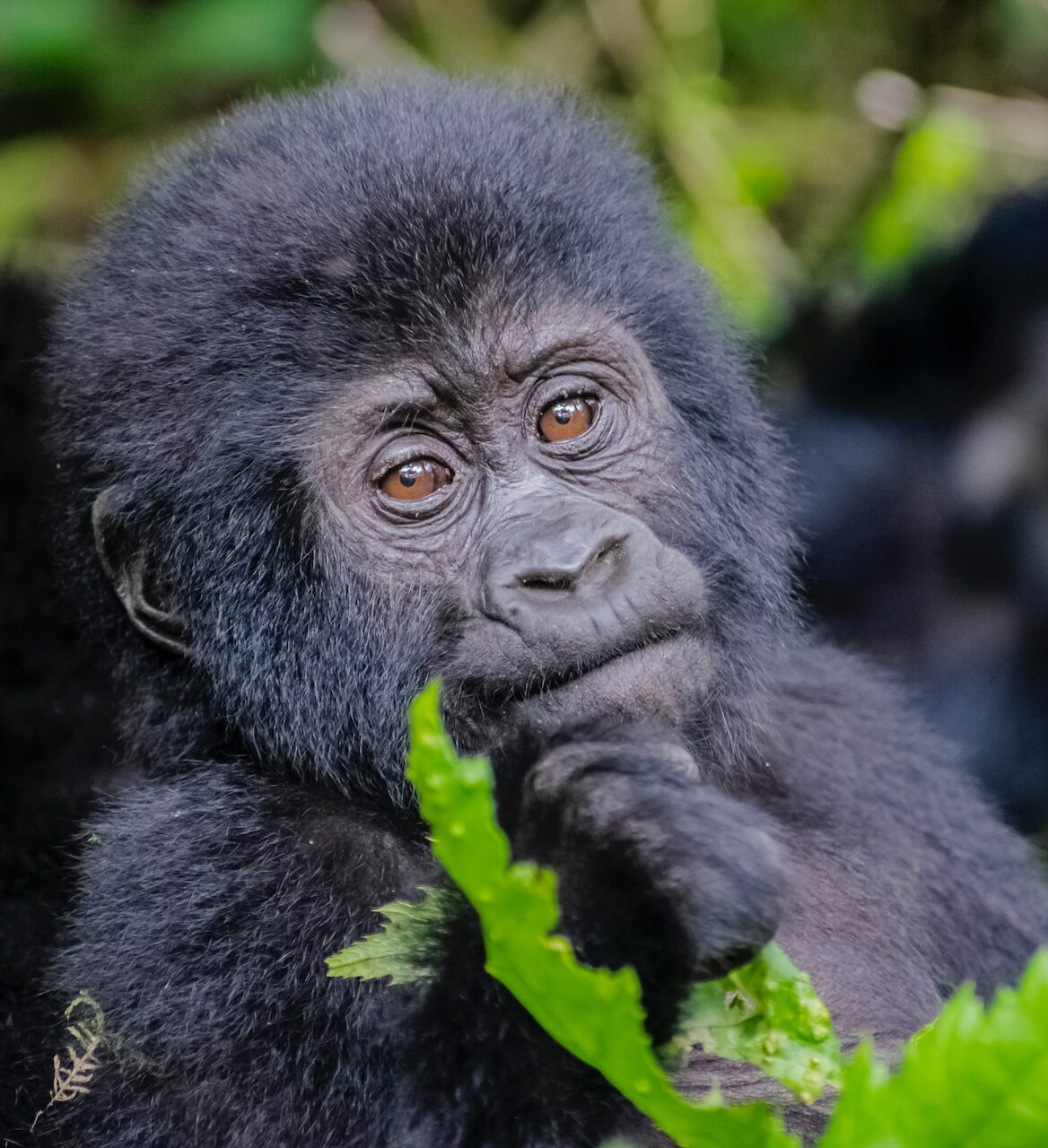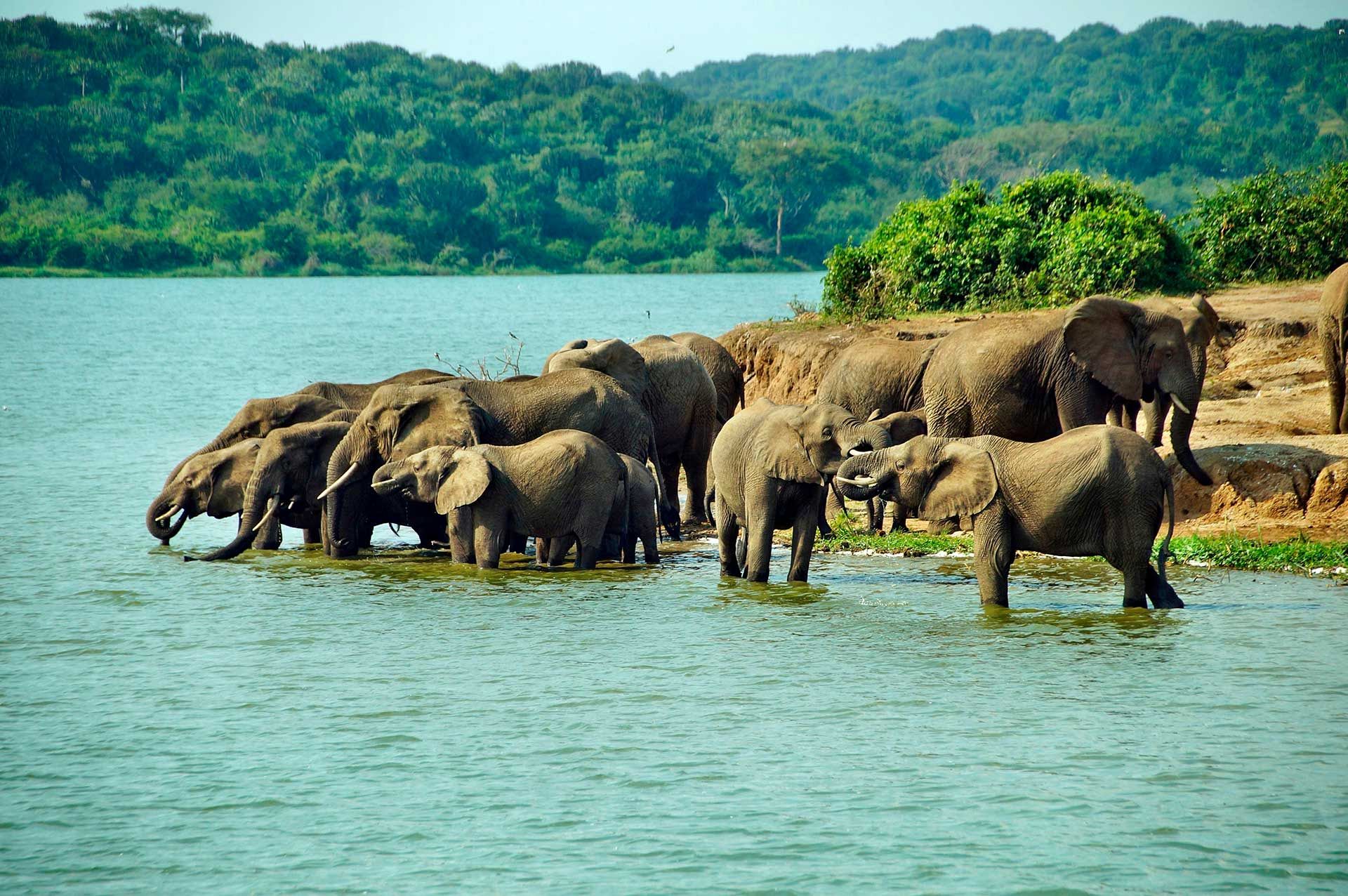
Queen Elizabeth National Park: Uganda’s Crown Jewel of Wildlife and Scenery
Nestled in the heart of western Uganda, Queen Elizabeth National Park is a mesmerizing blend of breathtaking landscapes, diverse ecosystems, and abundant wildlife. Stretching across 1,978 square kilometers, the park is Uganda’s most popular and accessible savannah reserve—and for good reason. It offers a unique safari experience where classic African wildlife meets dramatic volcanic craters, lush wetlands, and sparkling lakes.
A Safari Haven of Biodiversity
Queen Elizabeth National Park is home to over 95 species of mammals and 600 species of birds, making it one of the most biodiverse parks in Africa. Visitors can expect to see the iconic African Big Five (with rhinos missing), along with Uganda’s famous tree-climbing lions in the Ishasha sector, a rare phenomenon found in only a few places on the continent.
Elephants, buffaloes, leopards, hippos, and crocodiles roam freely across the park, while birdwatchers are treated to a colorful array of species such as the shoebill stork, martial eagle, flamingos, and African skimmers.
Iconic Attractions
1. Kazinga Channel
A highlight of any trip to Queen Elizabeth National Park is a boat safari along the Kazinga Channel, a natural waterway connecting Lake Edward and Lake George. This boat cruise offers up-close views of hippos, Nile crocodiles, buffaloes, and elephants, as well as a parade of water birds along the banks.
2. Ishasha Sector
Famous for its tree-climbing lions, Ishasha offers a more remote and off-the-beaten-path safari experience. These lions are often spotted lounging in fig trees, a behavior thought to be a response to heat, insects, or for a better vantage point to hunt.
3. Kyambura Gorge
Nicknamed the “Valley of Apes,” the Kyambura Gorge is a lush, forested canyon that offers the chance to track chimpanzees in their natural habitat. The gorge also shelters other primates like black-and-white colobus monkeys, baboons, and vervet monkeys.
4. Crater Lakes and Explosion Craters
The park’s northern area is dotted with a series of dramatic volcanic craters, some filled with salt lakes, others offering panoramic views of the savannah and the Rwenzori Mountains. These craters form one of the most scenic landscapes in the region.
Best Time to Visit
Queen Elizabeth National Park can be visited all year round, but the best time for wildlife viewing is during the dry seasons from January to February and June to August, when animals gather near water sources and vegetation is less dense.
Getting There
The park is located about 400 km southwest of Kampala, Uganda’s capital. It can be reached via road in approximately 6–7 hours, or by a quick domestic flight to Mweya or Kasese airstrips.
Where to Stay
From luxury lodges overlooking the Kazinga Channel to mid-range camps and budget accommodations in and around the park, Queen Elizabeth offers something for every traveler. Popular choices include Mweya Safari Lodge, Elephant Plains Lodge, Enganzi Game Lodge, and Ishasha Wilderness Camp.
Final Thoughts
Whether you’re a seasoned safari-goer or a first-time traveler to Africa, Queen Elizabeth National Park promises an unforgettable journey into the wild. With its rich biodiversity, stunning scenery, and unique experiences like tree-climbing lions and chimpanzee trekking, it stands as a must-visit gem in Uganda’s tourism crown.

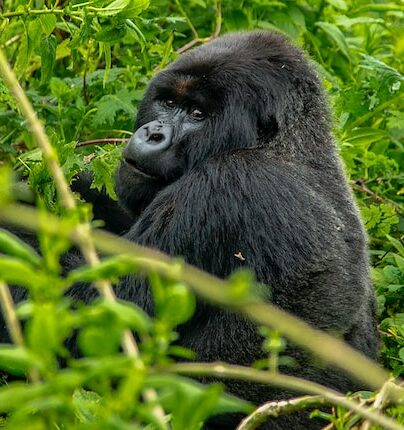
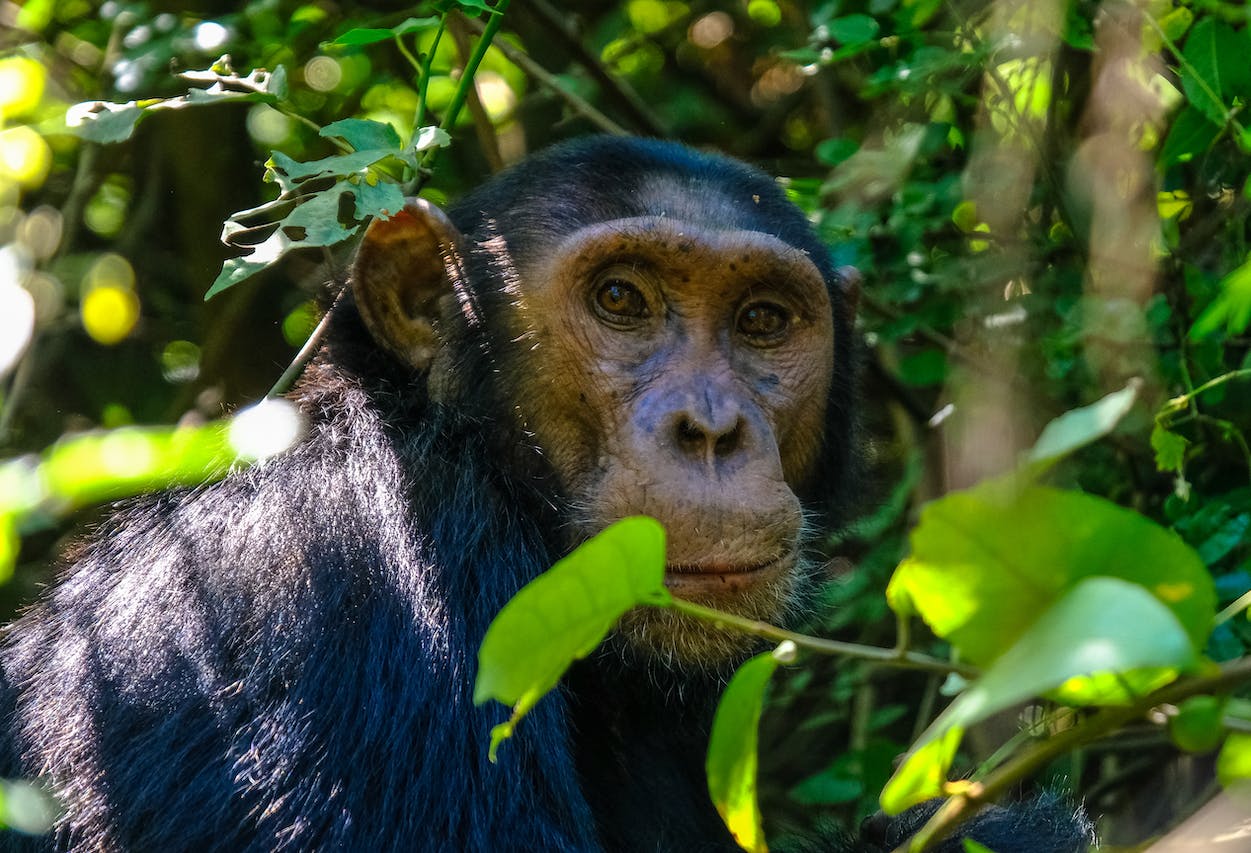
 Contact Us
Contact Us 